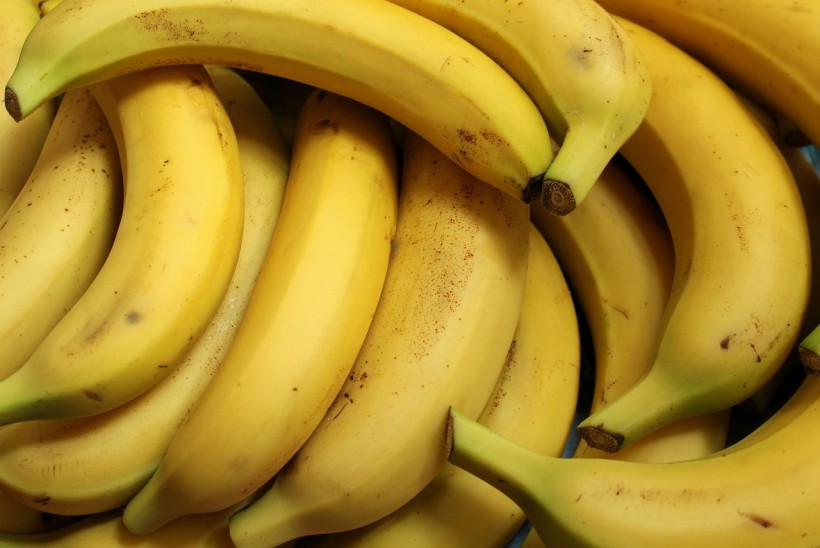Bananas are some of the most commercialized fruits worldwide. With their seedless body and nutritional value, it is no wonder why they are popular not only in countries in the tropical and subtropical regions of the world but also in extremely cold places where the fruits do not naturally grow and get cultivated.
Despite the abundance of modern bananas, scientists have asked where are their wild banana ancestors.
Research in recent years suggests there are three unknown species in the banana ancestry that preceded commercial bananas of today, long before the latter were cultivated and domesticated. However, some reports indicate that these so-called 'ancient bananas' could still be alive after all this time.
Now, experts are reportedly going to farms and, on the field, to search for these banana ancestors, which is theorized to grow in some parts of Asia and Oceania.
Modern Bananas

Despite the mystery, scientists are aware the that modern bananas' predominant ancestor is a wild banana species called Musa acuminata, which "occurs" from India to Australia. Yet, there is a consensus amongst most researchers that domesticated bananas first appeared in Papua New Guinea, according to an article from the website Science.
This fruit evolutionary linkage comes after genomic analyses have determined three mysterious ancestors supplemented the current DNA strand of modern-day banana, the article adds. The journey of bananas is a story about global migration, starting as a jungle banana species in Southeast Asia, until becoming the world's largest fruit and 4th most valuable crop on Earth, according to National Geographic.
Also Read: 'Panama Disease' Throws Banana Industry into Global Crisis
Original Banana
The wild banana ancestor or original banana has not been fully traced yet, specifically when and how early humans turned them as a wild fruit into the ones that we know today, with a yellow peeling and soft texture, and most of all, seedless.
Banana domestication started around 7,000 years ago, a period when they are still not the fleshy fruits that we see today, according to the Anthropology Magazine. In fact, their flesh consists of many black seeds. In the case of the two other wild banana ancestors, the modern, seedless bananas come from the species, Musa acuminata and Musa balbisiana.
Banana Diseases
The quest to determine the ancestral origins of modern bananas is not only for science's sake, but rather to find the means to save the fruits from diseases.
Banana diseases, including the Panama Disease, is part of a new strain of diseases in recent years, which caused banana product to be affected in different parts of Asia, Africa, and Australia, a story also covered by Nature World News.
Meanwhile, the Sigatoka Disease or the yellow sigatoka is one of the infections affecting the banana crop, according to India's National Horticulture Board.
In relation to original bananas, scientists are studying the wild banana ancestry, hoping that ancient banana genetics could save the said fruits of today from the brink of potential extinction.
Related Article: Bananas are Going Extinct -- Can We Still Save Them?
© 2024 NatureWorldNews.com All rights reserved. Do not reproduce without permission.





